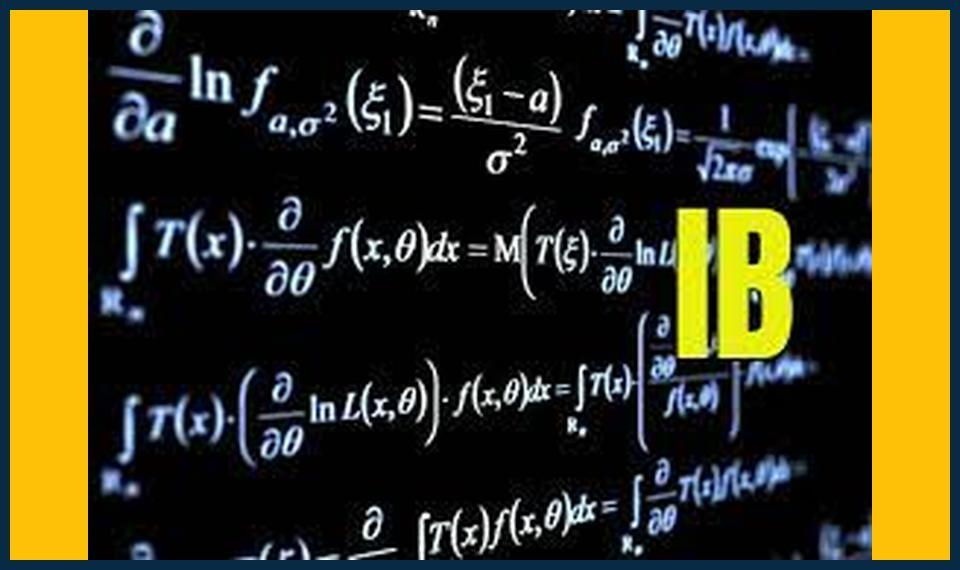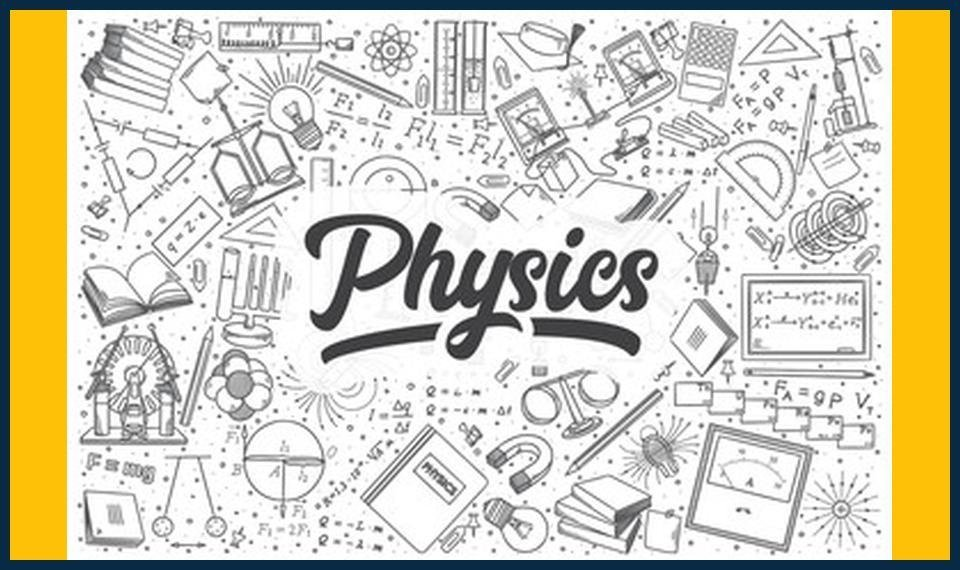![]()
Cracking the Code: Harnessing the Power of Patterns in Your International Baccalaureate (IB) Maths IAs 📚📈
Embrace Patterns: Your Secret Weapon in IB Maths 🔍
Patterns are the hidden gems in your International Baccalaureate (IB) Maths studies. They can help you uncover connections, simplify complex problems, and significantly boost your performance in Internal Assessments (IAs) 🎯. Let’s dive into the world of patterns and explore how they can become your secret weapon!
Why Patterns Matter 🌟
Understanding patterns is essential for problemsolving success. By recognising patterns, you can identify underlying structures, anticipate future results, and develop efficient strategies to solve problems quickly. In IB Maths IAs, this skill can make all the difference as it enables you to tackle challenging questions with confidence 💪.
Spot the Pattern, Solve the Problem 🕵️♂️
Recognising patterns doesn’t happen overnight, but with practice, it becomes second nature. Start by breaking down problems into smaller parts. Look for repeating sequences, relationships between variables, or symmetrical structures. Once you’ve identified a pattern, use it to your advantage by extending it, modifying it, or applying it to similar problems 💡.
RealLife Examples: Patterns in Action 🌐
Consider the Fibonacci sequence—a popular pattern in mathematics. By recognising the simple relationship between consecutive numbers (each number is the sum of the previous two), you can easily generate the sequence and solve complex problems related to it 🔄.
Another example is linear regression, a method used to find the pattern between two variables. By understanding this pattern, you can make predictions and draw conclusions about the relationship between the variables 📈.
Tips for Mastering Patterns 💡
1. Practice makes perfect: Work on problems that involve patterns, such as series, sequences, and algebraic patterns.
2. Look for connections: Identify relationships between variables and recurring structures.
3. Seek guidance: Reach out to your tutor or teacher for help if you’re struggling to recognise patterns.
4. Use technology: Online resources like Tutor GP offer personalised learning tools that help you identify and solve problems with patterns 💻.
Empowering Parents: Supporting Pattern Practice 🤝
Parents, you play a crucial role in your child’s academic success. Encourage pattern recognition by asking questions, providing resources, and offering support during study sessions. Help your child develop a growth mindset and persevere through challenges 💪.
FAQs ❓
- How can I improve my pattern recognition skills?
- Practice identifying patterns in various contexts, such as mathematics, science, and everyday life. Break down complex problems into smaller parts and look for repeating sequences or relationships.
- Are there online resources that can help with pattern practice?
- Yes! Tutor GP offers personalised learning tools that help students identify and solve problems with patterns. Check out our GCSE Maths Tuition, ALevel Maths Tuition, and International Baccalaureate Tuition services 💻.
- Why is pattern recognition essential for academic success?
- Pattern recognition enables students to uncover connections, simplify complex problems, and develop efficient strategies to solve problems quickly. This skill is crucial for success in IB Maths IAs and other subjects 🔒.
- How can I help my child master pattern recognition?
- Encourage practice, ask openended questions, and provide support during study sessions. Help your child develop a growth mindset and persevere through challenges 💪.
- Are there patterns in everyday life that I can use to improve my problemsolving skills?
- Absolutely! Look for patterns in nature, music, finance, and even social interactions. By recognising patterns in various contexts, you can develop a stronger sense of pattern recognition and improve your problemsolving skills 🌱.
- How can I apply pattern recognition in reallife scenarios?
- Apply pattern recognition to problemsolving, forecasting, and decisionmaking. For example, recognising patterns in financial data can help you make investment decisions, while recognising patterns in social interactions can help you predict future outcomes 📈.
- Can I use pattern recognition to solve complex problems in mathematics?
- Yes! By recognising patterns, you can identify underlying structures, anticipate future results, and develop efficient strategies to solve complex problems quickly 💡.
- How can I develop strong pattern recognition skills for IB Maths IAs?
- Practice identifying patterns in various mathematical contexts, such as sequences, series, and algebraic patterns. Seek guidance from your tutor or teacher, and use personalised learning tools like those offered by Tutor GP to enhance your skills 💻.




